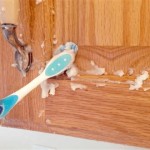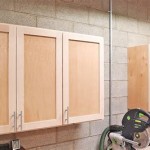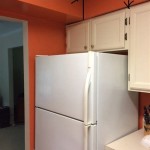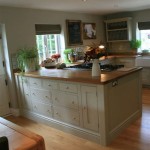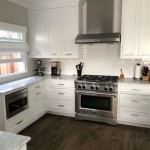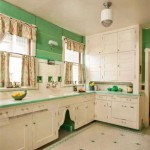Essential Aspects of the Best Wood for Kitchen Cabinets
Kitchen cabinets are a crucial component of any kitchen, serving both functional and aesthetic purposes. The wood used for constructing these cabinets significantly impacts their durability, appearance, and overall quality.
Various factors must be considered when selecting the best wood for kitchen cabinets. These factors include grain pattern, durability, moisture resistance, cost, and compatibility with the kitchen's overall design. A thorough understanding of these essential aspects will guide you towards making an informed decision that aligns with your kitchen's specific needs.
Grain Pattern
The grain pattern refers to the arrangement of fibers within the wood. Different wood species exhibit distinctive grain patterns that contribute to the cabinet's aesthetic appeal. For instance, oak and mahogany are known for their prominent grain, adding visual interest to the kitchen. On the other hand, woods like maple and birch have a more subtle grain, creating a clean and modern look.
Durability
Durability refers to the wood's ability to withstand wear and tear. Kitchen cabinets are subjected to frequent use and potential impact, making durability a critical consideration. Hardwoods such as oak, maple, and cherry are known for their exceptional strength and durability, making them well-suited for high-traffic kitchens. Softer woods like pine and fir may be more prone to dents and scratches, but they can be cost-effective options for less demanding applications.
Moisture Resistance
Moisture resistance is crucial for kitchen cabinets, as they are often exposed to water and humidity. Woods like teak, cypress, and redwood have natural moisture-resistant properties due to their high oil content or dense grain structure. These woods are less likely to warp or rot in humid environments, making them ideal for kitchens prone to moisture build-up.
Cost
Cost is a significant factor to consider, as the price of wood can vary widely depending on the species, availability, and grade. Hardwoods tend to be more expensive than softwoods, but they offer greater durability and moisture resistance. Softwoods, such as pine and fir, are more affordable options but may require more frequent maintenance to preserve their quality.
Compatibility with Kitchen Design
The wood's compatibility with the kitchen's overall design should also be taken into account. Traditional kitchens may benefit from the warmth and rich tones of woods like oak or cherry, while modern kitchens might prefer the clean lines and light tones of maple or birch. Consider how the wood's color, grain pattern, and texture complement the existing kitchen decor and create a cohesive design scheme.
Conclusion
Selecting the best wood for kitchen cabinets requires careful consideration of essential aspects such as grain pattern, durability, moisture resistance, cost, and compatibility with the kitchen's design. By understanding these factors, homeowners can make informed decisions that align with their functional and aesthetic needs, ensuring durable, visually appealing, and long-lasting kitchen cabinets.

Selecting The Best Wood For Kitchen Cabinets Thomas

Most Durable Wood For Kitchen Cabinets Cabinet Now

Best Wood For Kitchen Cabinets Cabinet Materials Custom

What Wood Is Best For Kitchen Cabinets Tru Custom Woodworks

Best Wood Types For Kitchen Cabinets Cabinet

Types Of Wood For Kitchen Cabinets Lily Ann

These Are 5 Of The Best Woods For Kitchen Cabinets

3 Best Wood Species For Kitchen Cabinetry Long Island Renewal Llc
:strip_icc()/wood-kitchen-with-island-03766447-c49f4840c05b42b483663e92902f4ecd.jpg?strip=all)
The Best Woods For Kitchen Cabinets That Suit Every Style

Best Wood Types For Kitchen Cabinets Cabinet
Related Posts


